Hashima, an Uninhabited Island
Off the coast of Nagasaki, this small, unpopulated piece of land has experienced both a flourishing coal industry and the horrors of war.
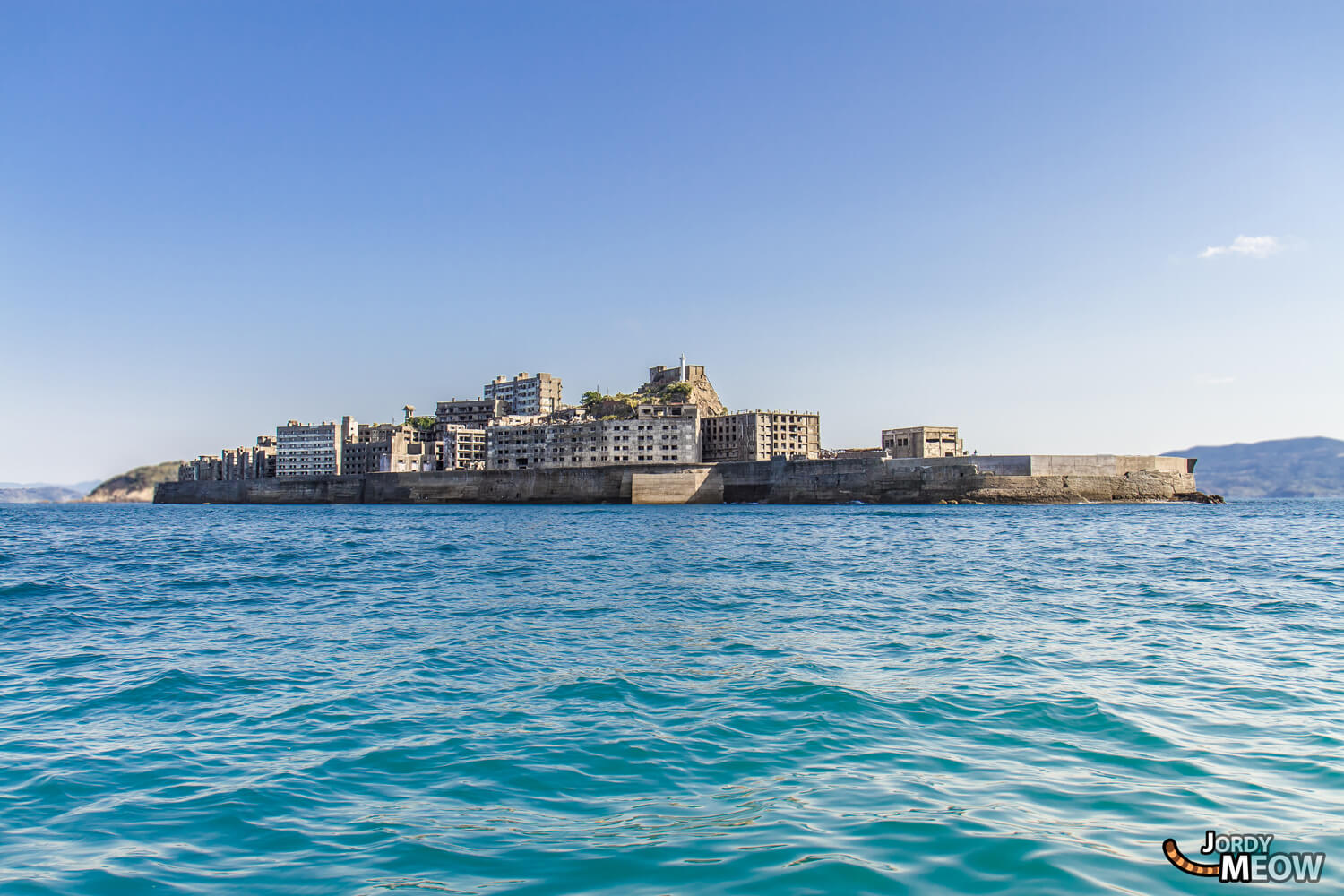
© Jordy Meow
Now completely uninhabited, the island of Hashima has been partly accessible for visits since 2015. Once a glorious example of a prosperous mining town, the island has been abandoned since 1974, with nature having reclaimed its rights. It is nicknamed Gunkanjima, due to its resemblance to a warship (gunkan).
From industry to war crimes
Following the discovery in the early 19th century of a coal deposit on this insular area of land that’s 480 metres long and 160 metres wide, Mitsubishi purchased the site in 1890 and developed a town to accommodate its workforce. Solid concrete was used to strengthen and protect the apartment buildings, school, hospital and other infrastructure against adverse weather conditions. At its peak, Hashima Island housed no fewer than 5259 residents, becoming one of the most densely populated places in the world at the time.
During the Second World War, Hashima turned into a forced labour camp where Koreans were sent while their country was under Japanese occupation. Over one hundred of them died there, while others were abused for trying to escape.
After the war, demand from the Japanese market shifted from coal towards oil. The decline in activity triggered the mass departure of the island’s residents, with the last one leaving in 1974. Over the course of over 100 years, the concrete structures had become dilapidated and fallen into further decline every time a typhoon hit. Considered dangerous by the authorities, access to the island was forbidden until 2009, once certain areas, particularly in the south, had been made secure for visits.
A setting for blockbuster films
In 2015, however, this paradise for urban explorers (individuals who like to explore abandoned places) became a tourist attraction. Made popular by the films Inception by Christopher Nolan and Skyfall by Sam Mendes, which featured a studio reconstruction of Hashima as a setting, the island experienced a resurgence of interest.
Nevertheless, the majority of the island remains inaccessible. Just one tiny managed area is open to visitors keen to discover a little bit of history which, for better or worse, is still standing. However, it is possible to visit the island virtually, as the teams at Google Street View have captured images of it in its entirety.
More information about Hashima can be found on the Nagasaki tourist office website.
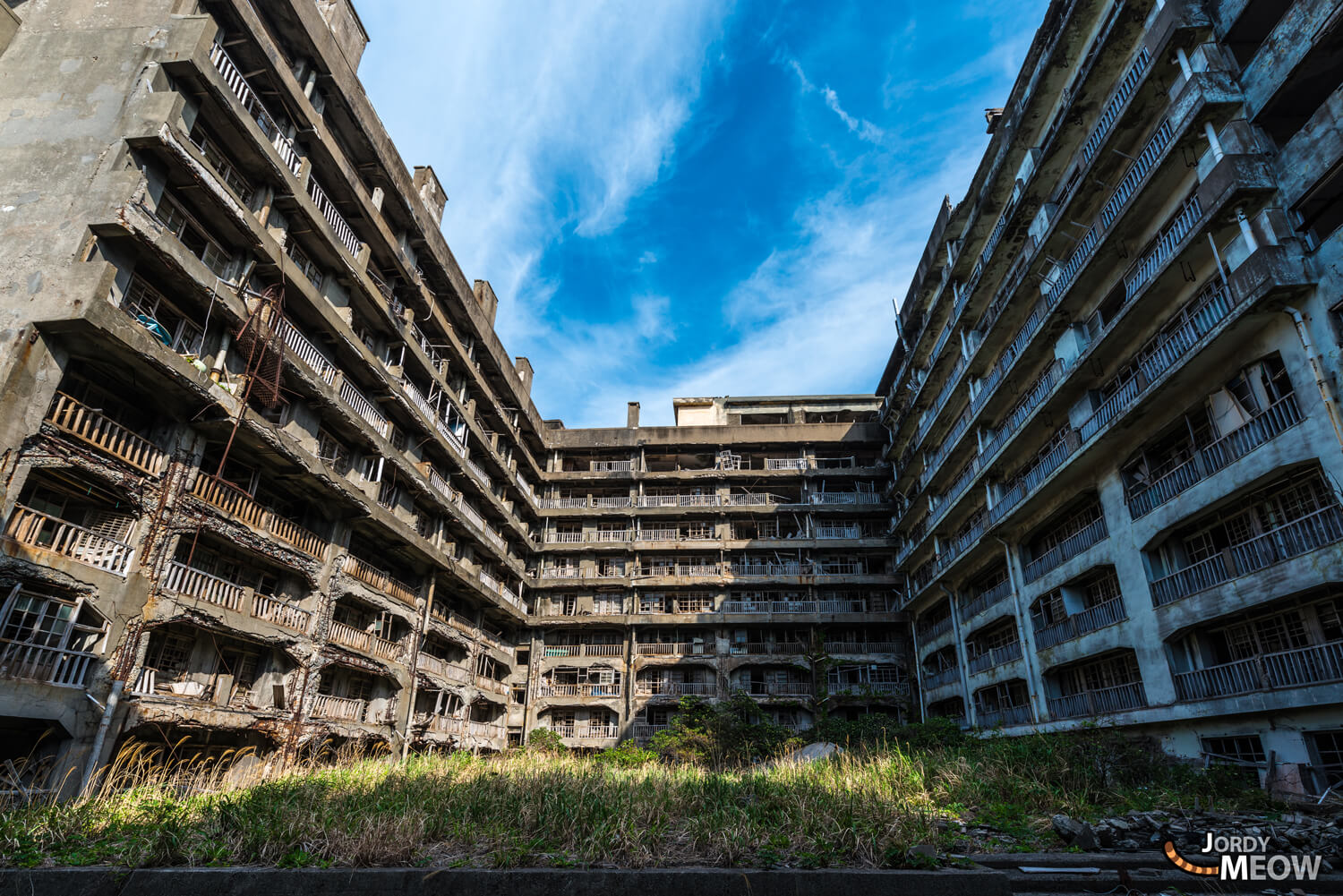
© Jordy Meow

© Jordy Meow
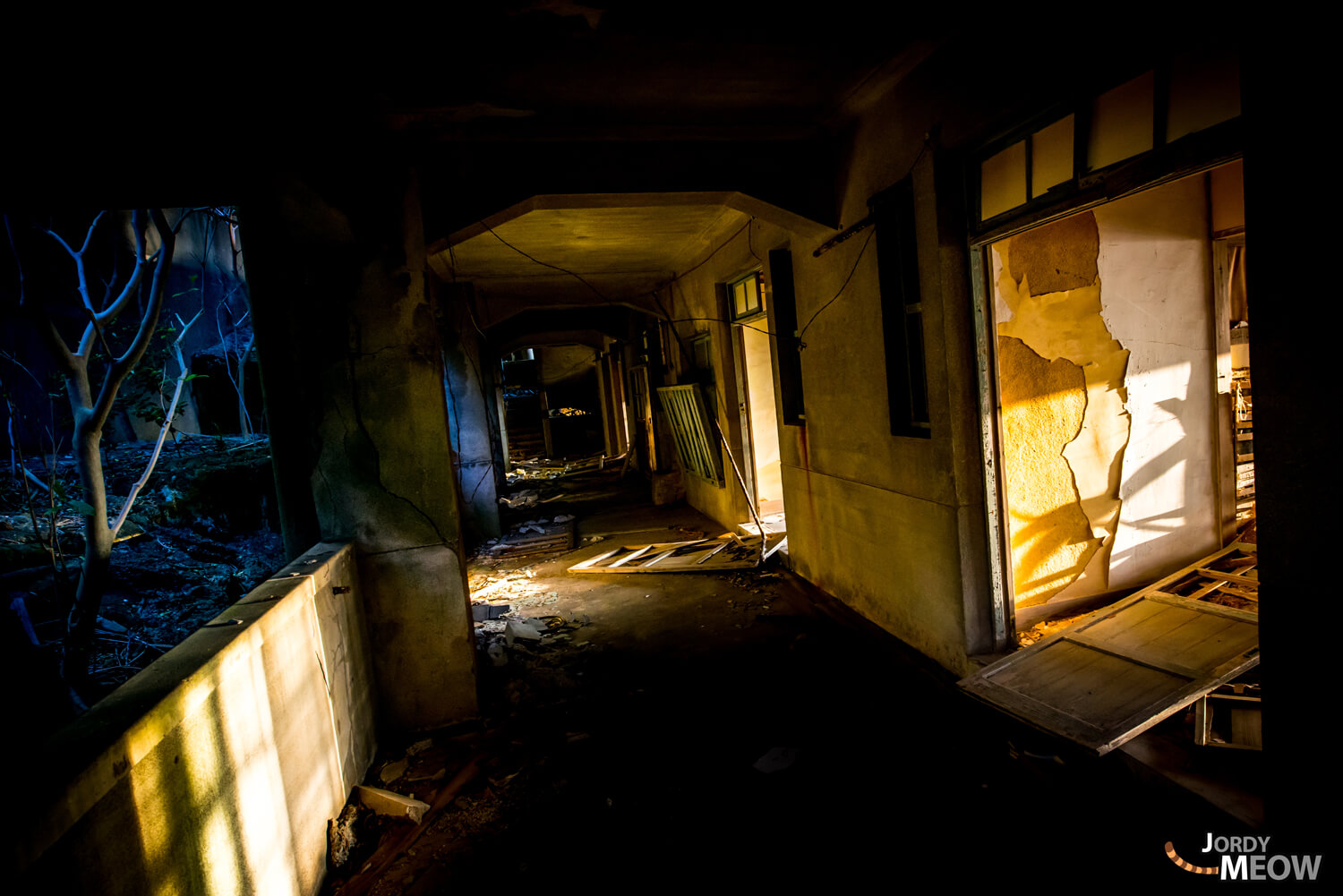
© Jordy Meow
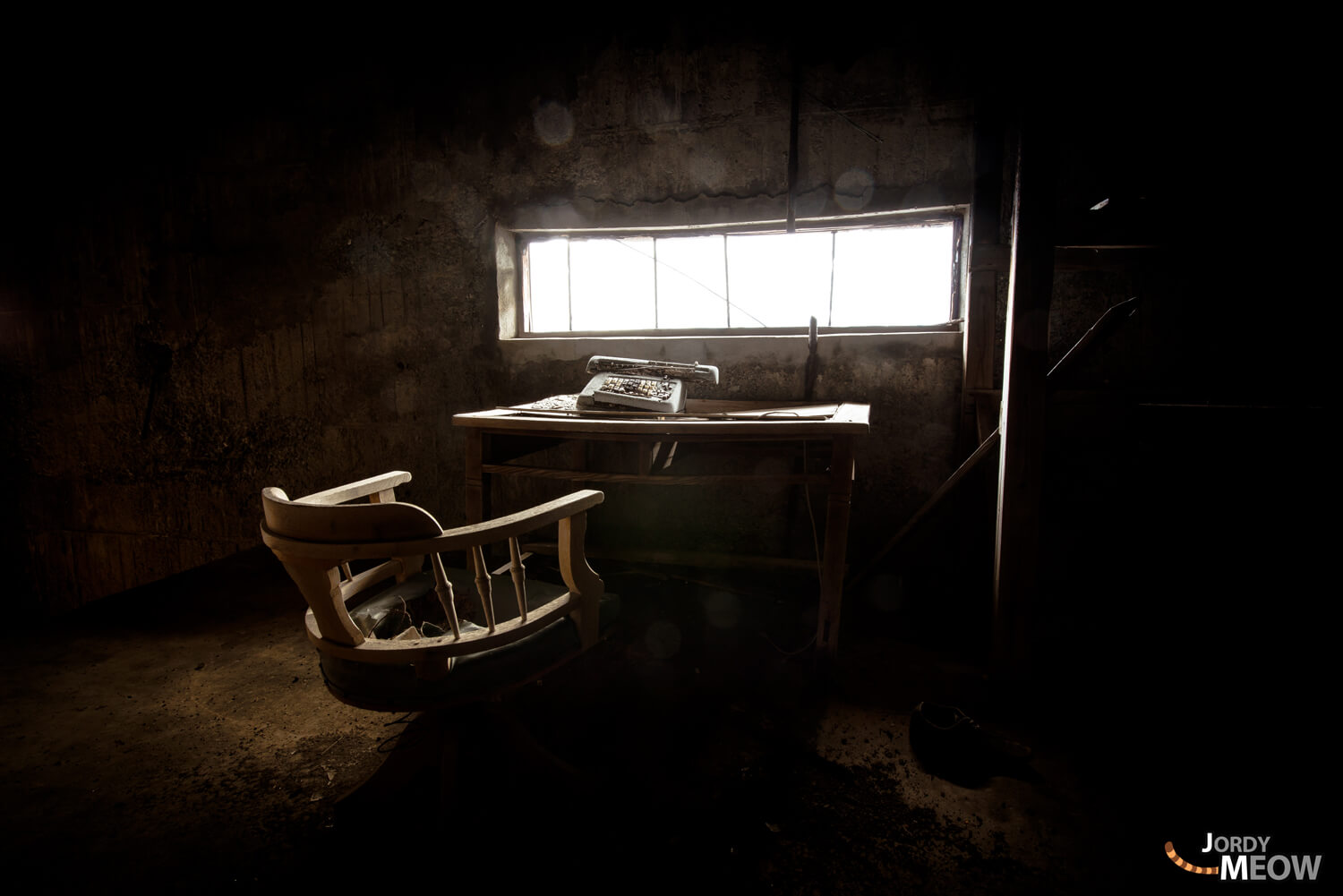
© Jordy Meow
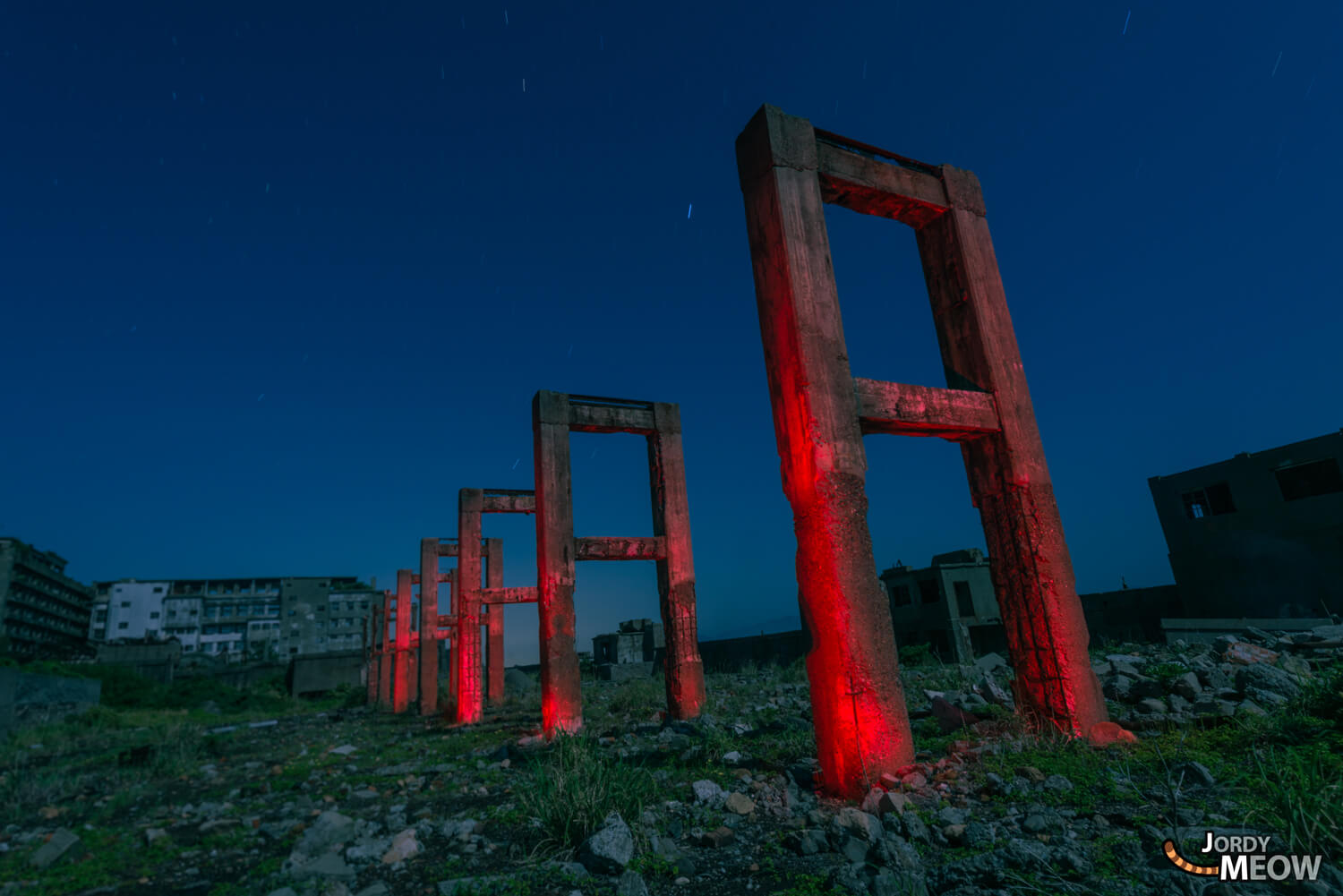
© Jordy Meow
TRENDING
-
The Tattoos that Marked the Criminals of the Edo Period
Traditional tattoos were strong signifiers; murderers had head tattoos, while theft might result in an arm tattoo.

-
The Story of Sada Yacco, the Geisha who Bewitched Europe
Described by Dazed magazine as the first beauty influencer, she has been restored to her former glory since 2019.

-
Chiharu Shiota, Red Threads of the Soul
Last year, more than 660,000 people visited the retrospective 'Chiharu Shiota: The Soul Trembles' exhibit at the Mori Art Museum.

-
Japanese Left-field Pop From The CD Age, 1989-1996
‘Heisei No Oto’, a compilation of hidden gems in the unspoken depths of Japanese pop, reveal blissful moment of technological possibility.

-
‘Shojo Tsubaki’, A Freakshow
Underground manga artist Suehiro Maruo’s infamous masterpiece canonised a historical fascination towards the erotic-grotesque genre.





